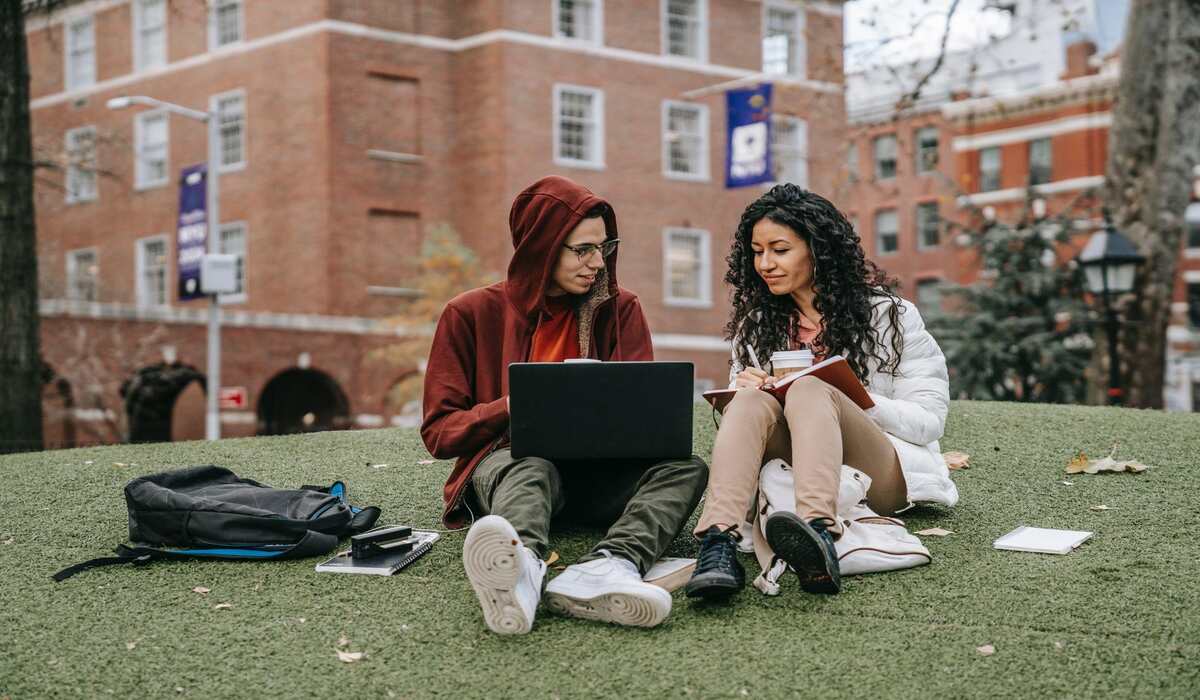Table of Contents
Media literacy in higher education is an essential skill in today’s digital age. With the rise of digital platforms like https://buyassignmentonline.net/, the importance of teaching media literacy in higher institutions is being increasingly recognized. It involves understanding the complex processes of how media messages are created, disseminated and consumed. This skill is crucial in preparing students to navigate the complex digital landscape, make informed decisions, and participate actively in a democratic society.
The prevalence of digital media has brought about a shift in how information is consumed and shared. Students need to be equipped with the right tools to critically evaluate media content, discern fact from fiction, and understand the implications of their online actions. This article will delve into various aspects of media literacy in higher education, including analyzing media bias and representation, navigating the digital landscape amidst fake news, understanding digital ethics and responsibilities, and empowering students with media production skills.
The advancement of technology has blurred the lines between producers and consumers of media. Today, anyone with a smartphone or a computer can produce and disseminate content. As such, it’s not just about consuming media passively but also about creating meaningful content and sharing it responsibly.
Analyzing Media Bias and Representation: Critical Thinking in Media Literacy Education
Analyzing media bias and representation forms an integral part of media literacy education. It involves understanding that media messages are not merely factual reports but are influenced by the creators’ biases, perspectives, and intentions. By developing critical thinking skills, students can discern the underlying meanings, detect bias, and evaluate the accuracy and fairness of media messages.
Media bias refers to the slant or spin that news organizations or journalists put on a story to sway public opinion. It may manifest in various ways, such as in the choice of stories to cover, the framing of issues, the use of language, and the selection of sources. Understanding media bias is crucial for students to develop a balanced view of the world and make informed decisions.
Media representation, on the other hand, relates to how different groups, issues, or events are portrayed in the media. It involves recognizing stereotypes, misrepresentations, and under-representation of certain groups. By analyzing media representation, students can develop a critical awareness of how media shapes societal perceptions and attitudes.
Fake News and Information Literacy: Navigating the Digital Landscape
The proliferation of fake news has made information literacy an essential component of media literacy education. Fake news refers to false or misleading information that is presented as true news. It is often used to manipulate public opinion, incite fear, or spread propaganda. With the rise of social media and the ease of sharing information, fake news can spread rapidly and have far-reaching impacts.
Navigating the digital landscape amidst fake news requires the ability to evaluate the credibility of sources, verify information, and distinguish fact from opinion. Students need to be taught to question the authenticity of information, look for evidence, cross-check with other sources, and consider the potential biases of the source.
Information literacy also involves understanding the ethical implications of sharing information. Students should be educated on the potential harm of spreading false or misleading information and the importance of being responsible digital citizens.
Digital Citizenship: Ethics and Responsibility in the Online World
Digital citizenship refers to the norms of appropriate, responsible behavior in the online world. It encompasses various aspects such as digital literacy, digital communication, digital etiquette, digital rights and responsibilities, digital law, digital safety, and digital security.
Ethics in the online world involves respecting others’ rights and privacy, acknowledging and crediting sources of information, and using digital tools and platforms responsibly. It is important for students to understand that their online actions have real-world consequences and can impact their reputation, relationships, and even legal standing.
Responsibility in the online world entails being accountable for one’s actions, behaving respectfully and ethically, and standing against cyberbullying, hate speech, and other forms of online harassment. By instilling a sense of digital citizenship in students, higher education institutions can prepare them for a digitally interconnected world and promote a safer, more respectful online community.
Media Production Skills: Empowering Students to Create and Share Meaningful Content
In the digital age, media production skills are no longer reserved for media professionals. With the availability of user-friendly digital tools and platforms, everyone has the potential to be a media producer. However, the ability to create and share content is not enough. It’s crucial for students to be empowered with the skills to create meaningful, ethical, and impactful content.
Content creation involves various stages, from conceptualization and planning to production and distribution. Students should be taught to consider their audience, purpose, and context in creating content. They should also learn about different media formats and platforms and how to use them effectively to convey their message.
Sharing content responsibly is equally important. Students should understand the potential reach and impact of their content, the ethical considerations in sharing information, and the implications of copyright laws. By equipping students with media production skills, higher education institutions can foster a generation of responsible, thoughtful, and creative media producers.
In summary, media literacy in higher education is a multifaceted discipline that encompasses critical thinking, information literacy, digital citizenship, and media production skills. By incorporating these components into their curricula, higher education institutions can prepare students for the challenges and opportunities of the digital age.


